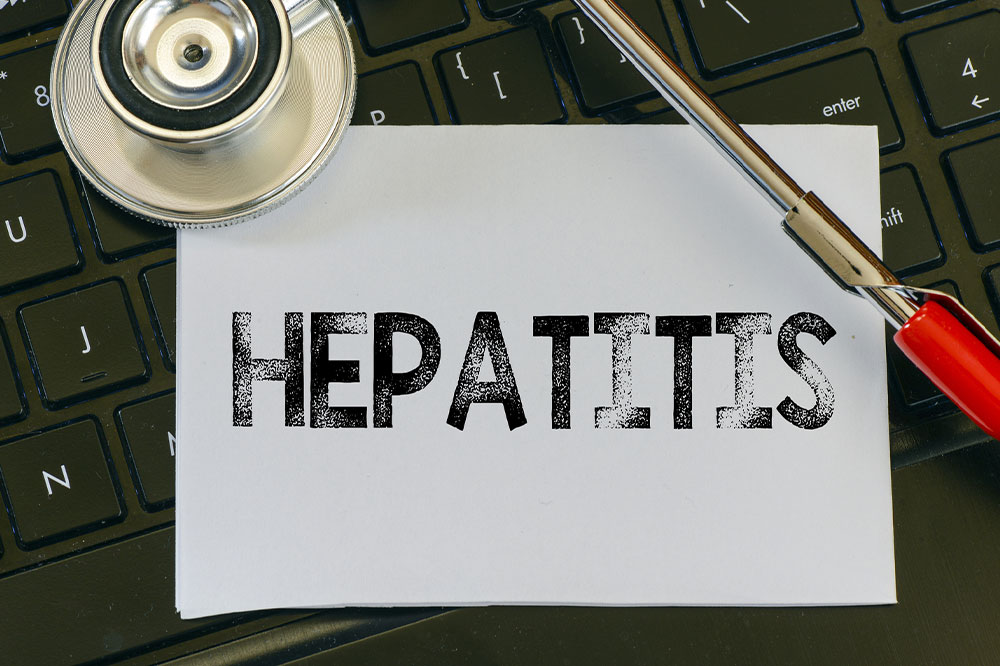Comprehensive Guide to Hepatitis C: Understanding Risks, Symptoms, and Prevention
This detailed guide offers essential insights into Hepatitis C, highlighting its causes, symptoms, diagnosis, treatment options, and prevention strategies. With many cases being asymptomatic, early detection through testing and safe practices are crucial in preventing severe liver complications. Despite no vaccine currently available, effective antiviral treatments exist, making awareness and proactive health measures vital for managing and preventing Hepatitis C.

Comprehensive Guide to Hepatitis C: Understanding Risks, Symptoms, and Prevention
Hepatitis C remains a significant global health concern, affecting millions worldwide. Despite its prevalence, nearly 80% of individuals infected with the Hepatitis C virus are unaware of their condition, which often leads to undiagnosed and untreated infections. Chronic Hepatitis C can lead to serious liver complications such as cirrhosis and hepatocellular carcinoma if not detected early. The fact that many cases are asymptomatic underscores the importance of proactive screening, especially for those with risk factors.
Understanding what causes Hepatitis C and recognizing its symptoms
Hepatitis C is primarily transmitted through exposure to contaminated blood. The infection often presents without noticeable symptoms, especially in its early stages, making awareness and regular testing essential. However, some common signs that might indicate an underlying Hepatitis C infection include:
Icterus, commonly known as jaundice, resulting in yellowing of the skin and eyes
Abdominal discomfort or pain, often in the upper right quadrant where the liver resides
Nausea and vomiting
Reduced appetite, leading to unintended weight loss
Persistent fatigue and tiredness that does not improve with rest
The virus spreads through contact with infected blood and bodily fluids, making certain activities high-risk for transmission.
The main routes of Hepatitis C transmission include:
Sharing contaminated needles or syringes, especially among drug users
Unprotected sexual contact with an infected individual
Using needles previously used by someone infected with the virus
Mother-to-child transmission during childbirth
Diagnosis of Hepatitis C
Diagnosing Hepatitis C involves specific blood tests. If healthcare professionals suspect infection based on risk factors or symptoms, they will recommend serological testing, including antibody and RNA tests, to confirm active viral presence and determine the viral load and genotype.
Available Treatment Options
Many cases of acute Hepatitis C are asymptomatic and may resolve without treatment; however, chronic infections require targeted intervention. The primary treatment involves antiviral medications that effectively suppress viral replication. The most common genotype, genotype 1, often responds well to current antiviral therapies. Other genotypes, such as 2, 3, 4, 5, and 6, may require tailored treatment approaches. Newer direct-acting antivirals (DAAs) have revolutionized treatment, with cure rates exceeding 95% in many cases.
Methods to Prevent Hepatitis C Infection
While no vaccine for Hepatitis C currently exists, several preventive measures can significantly reduce the risk of infection:
Consistently use condoms during sexual activity to lower the chance of transmission
Avoid sharing needles, syringes, or any drug paraphernalia
Ensure sterile procedures when getting tattoos or piercings, preferably from licensed professionals
Do not share personal items such as razors, toothbrushes, or nail clippers that might have blood residues
Individuals infected with Hepatitis C should refrain from blood or tissue donation to prevent transmission
This comprehensive overview highlights the importance of early detection and preventive strategies in combating Hepatitis C. Awareness, regular testing, and safe practices are essential to prevent the spread and mitigate long-term health consequences associated with this disease.





